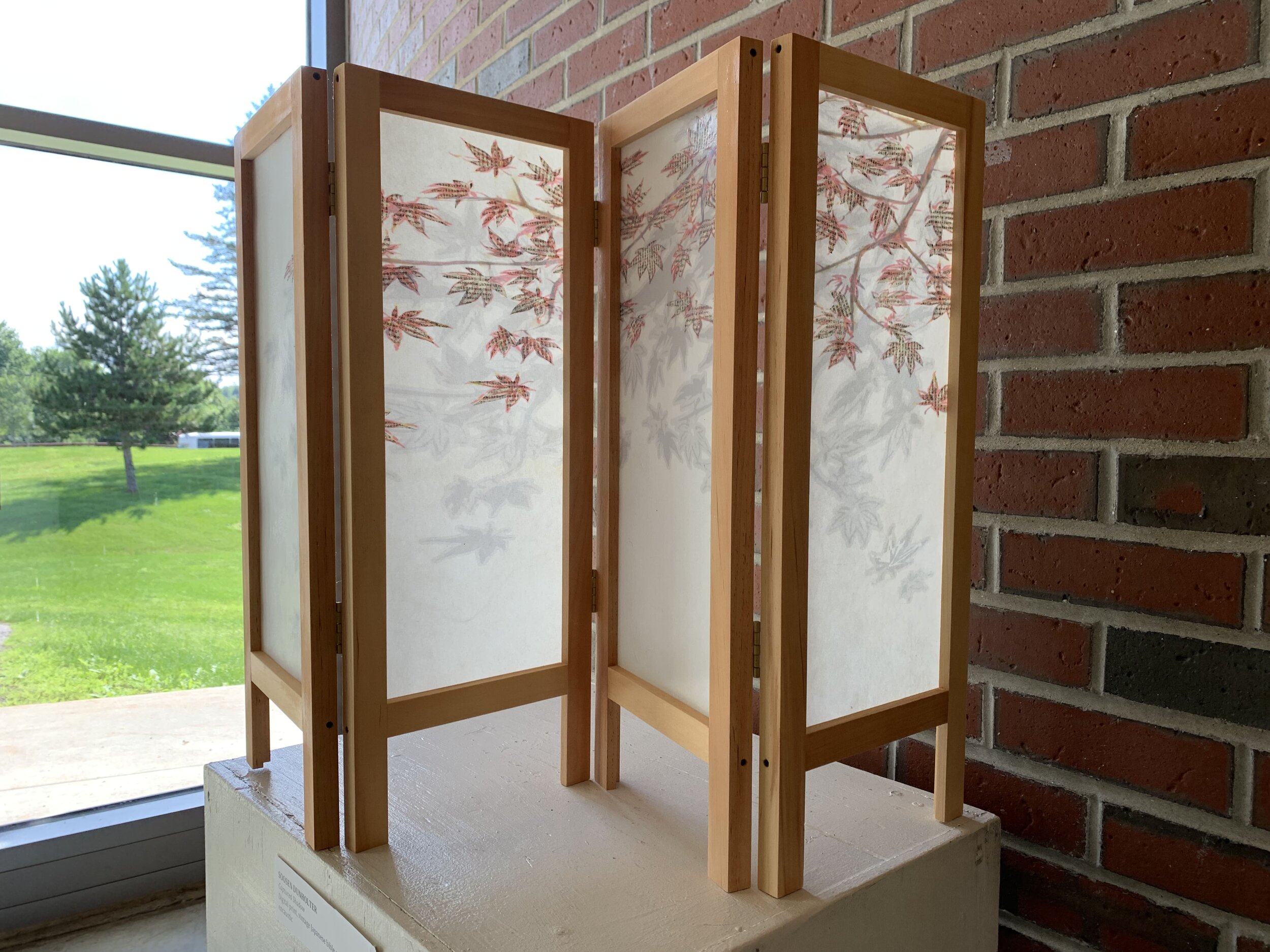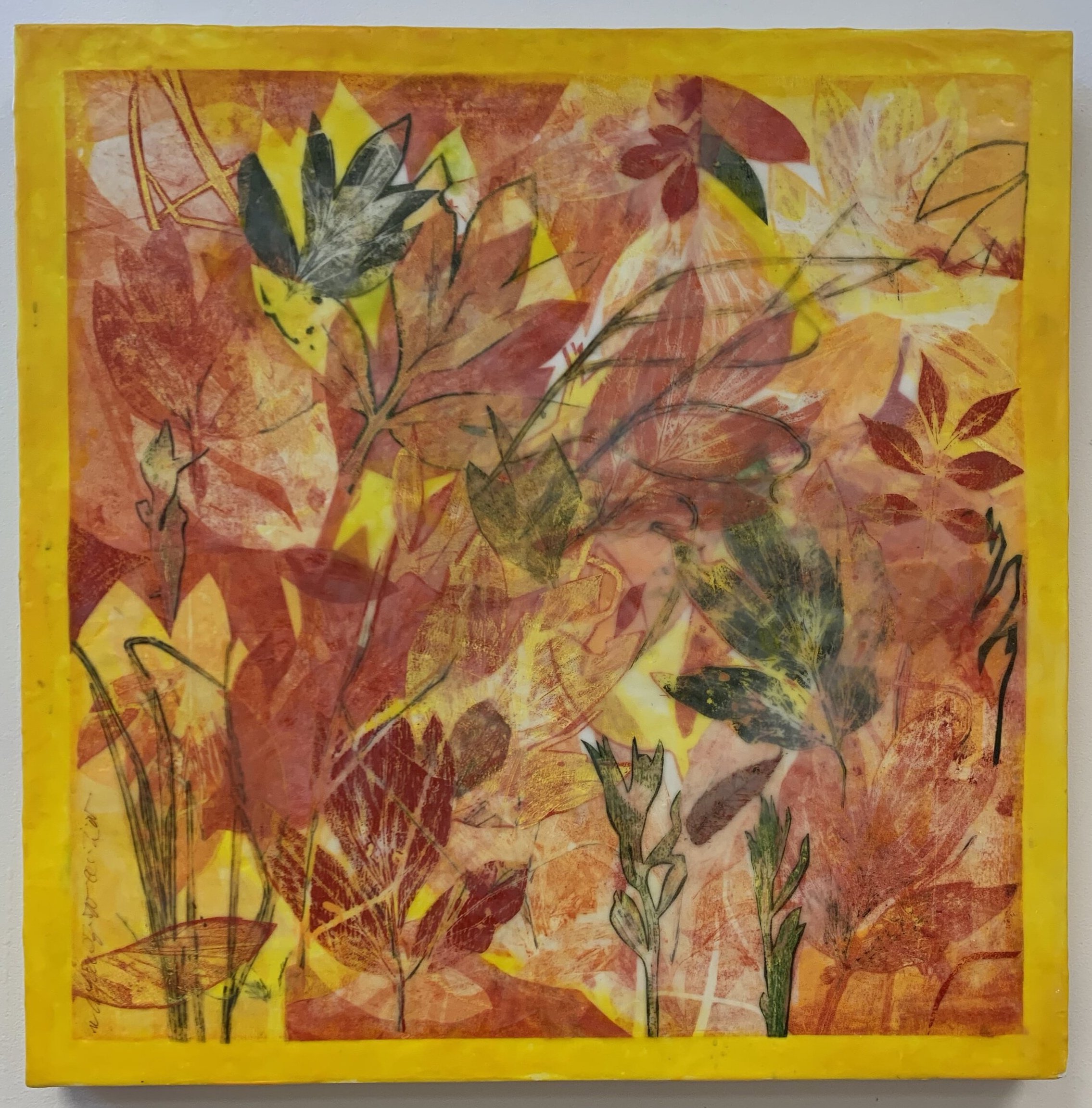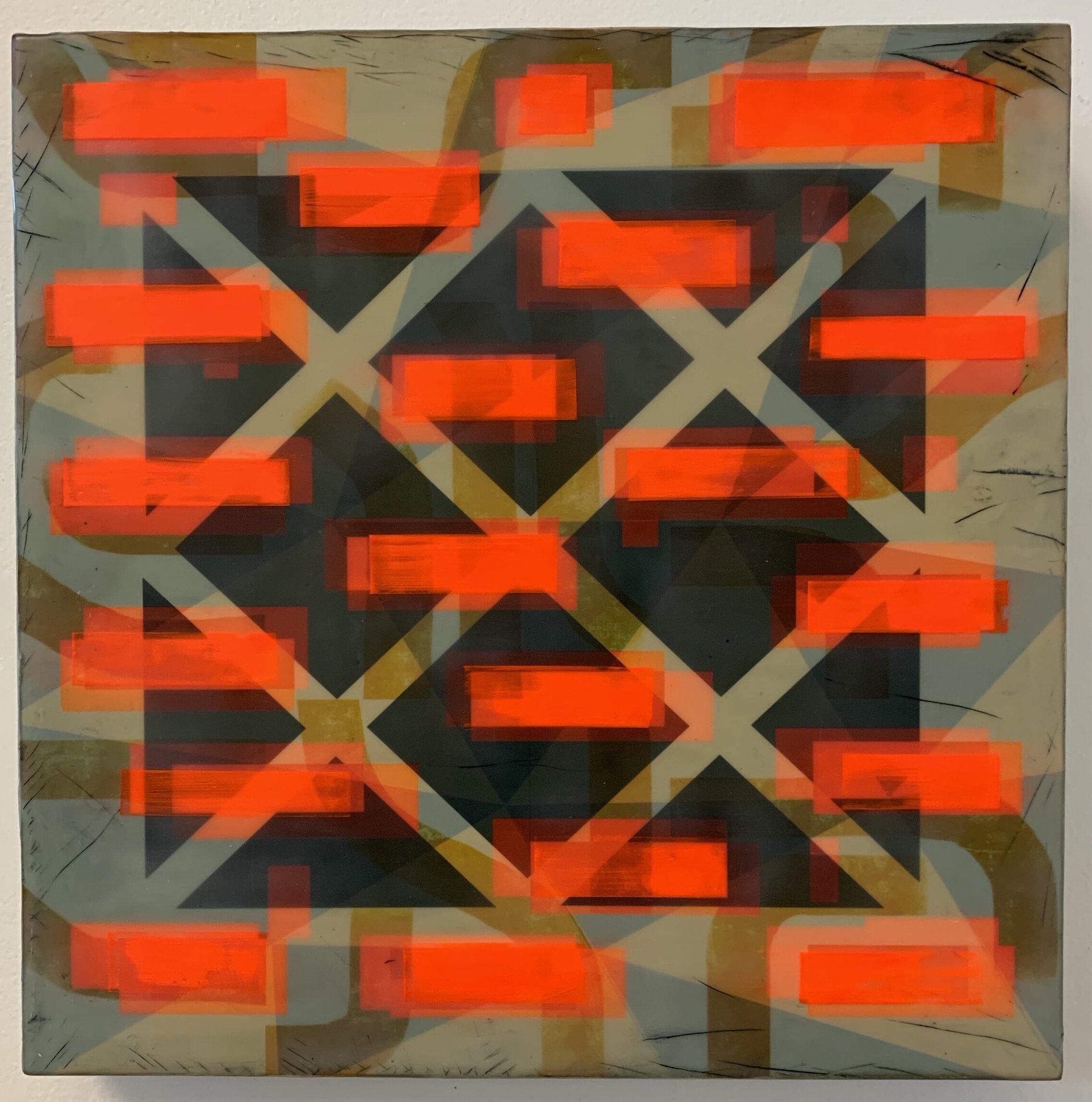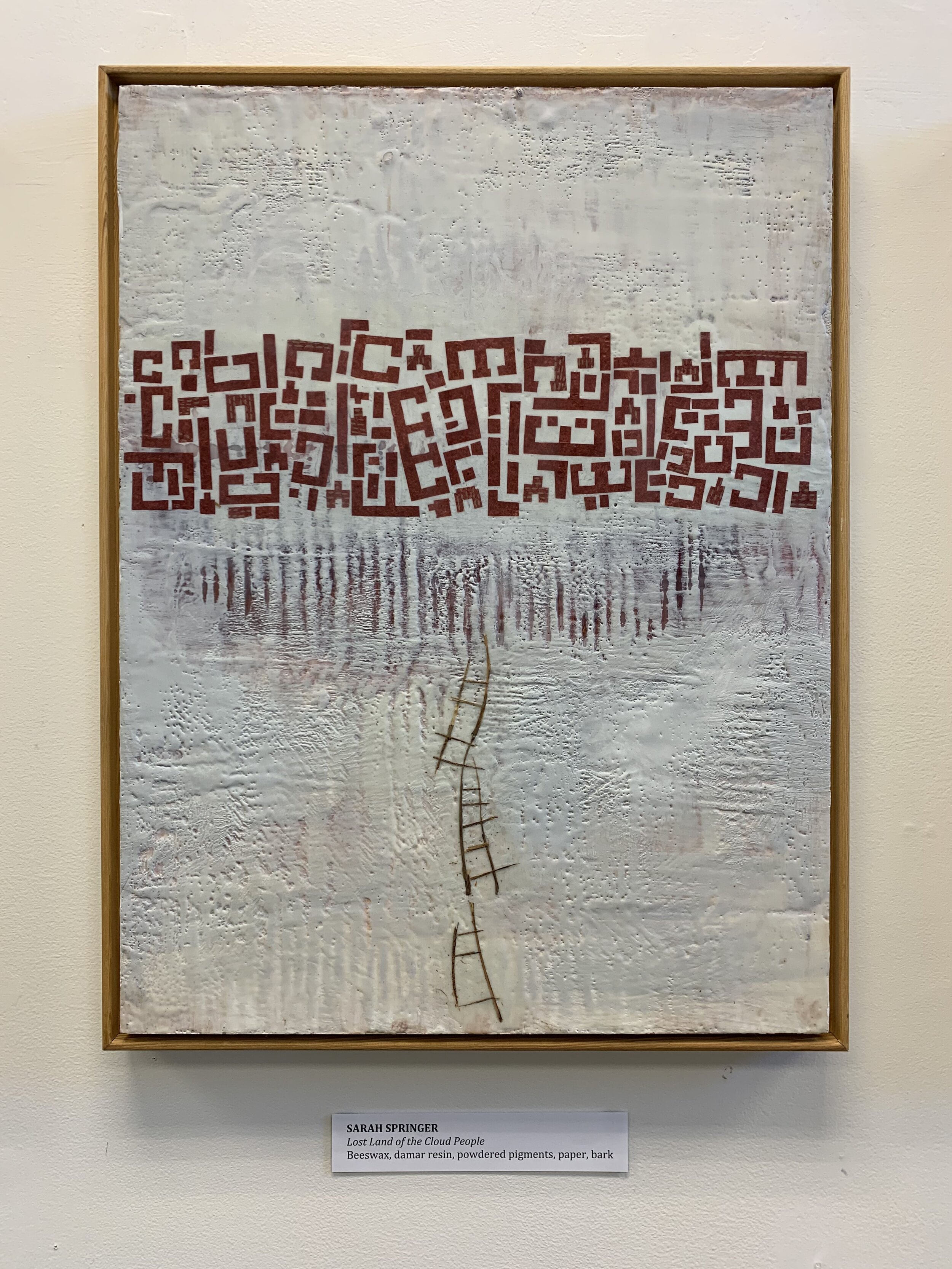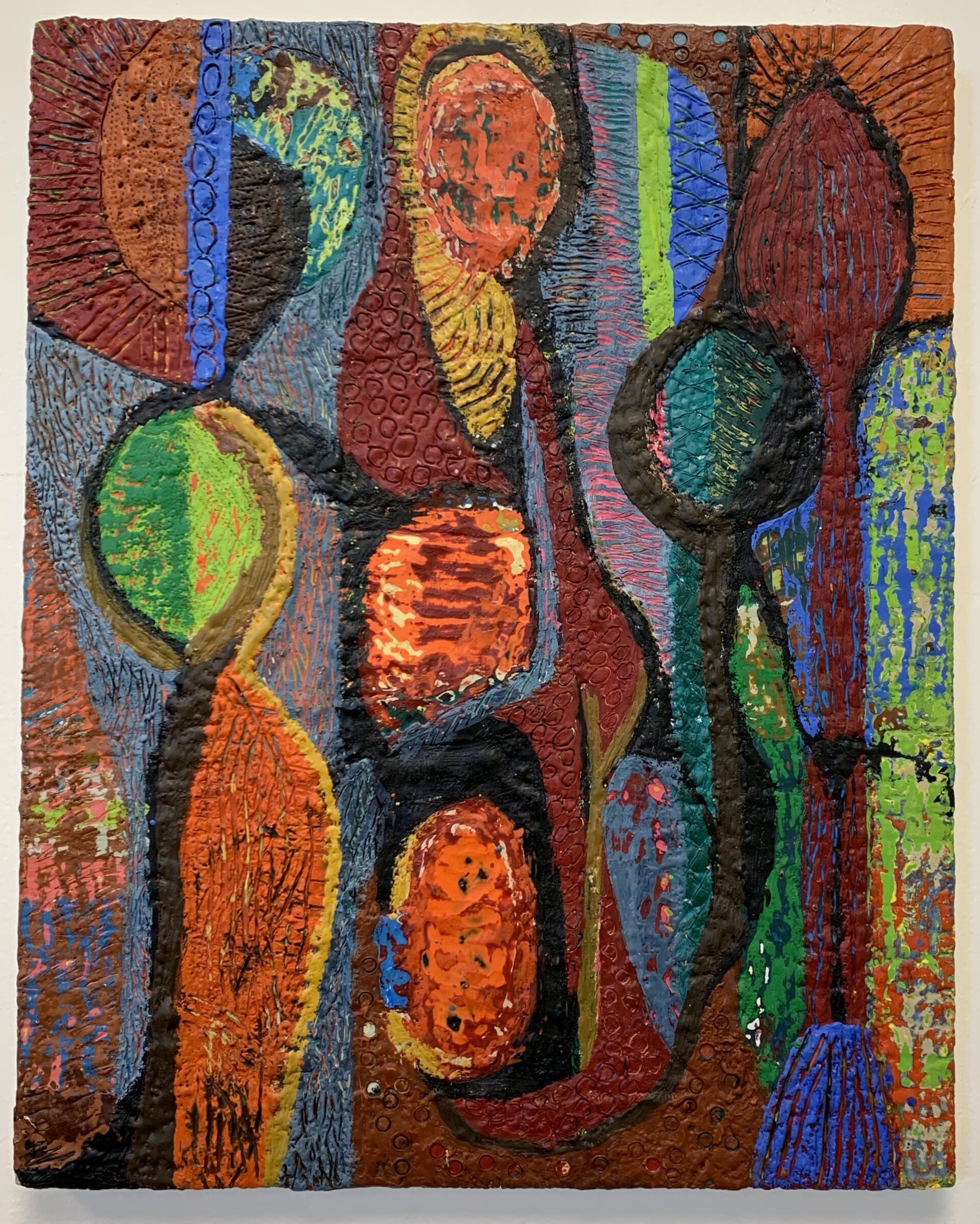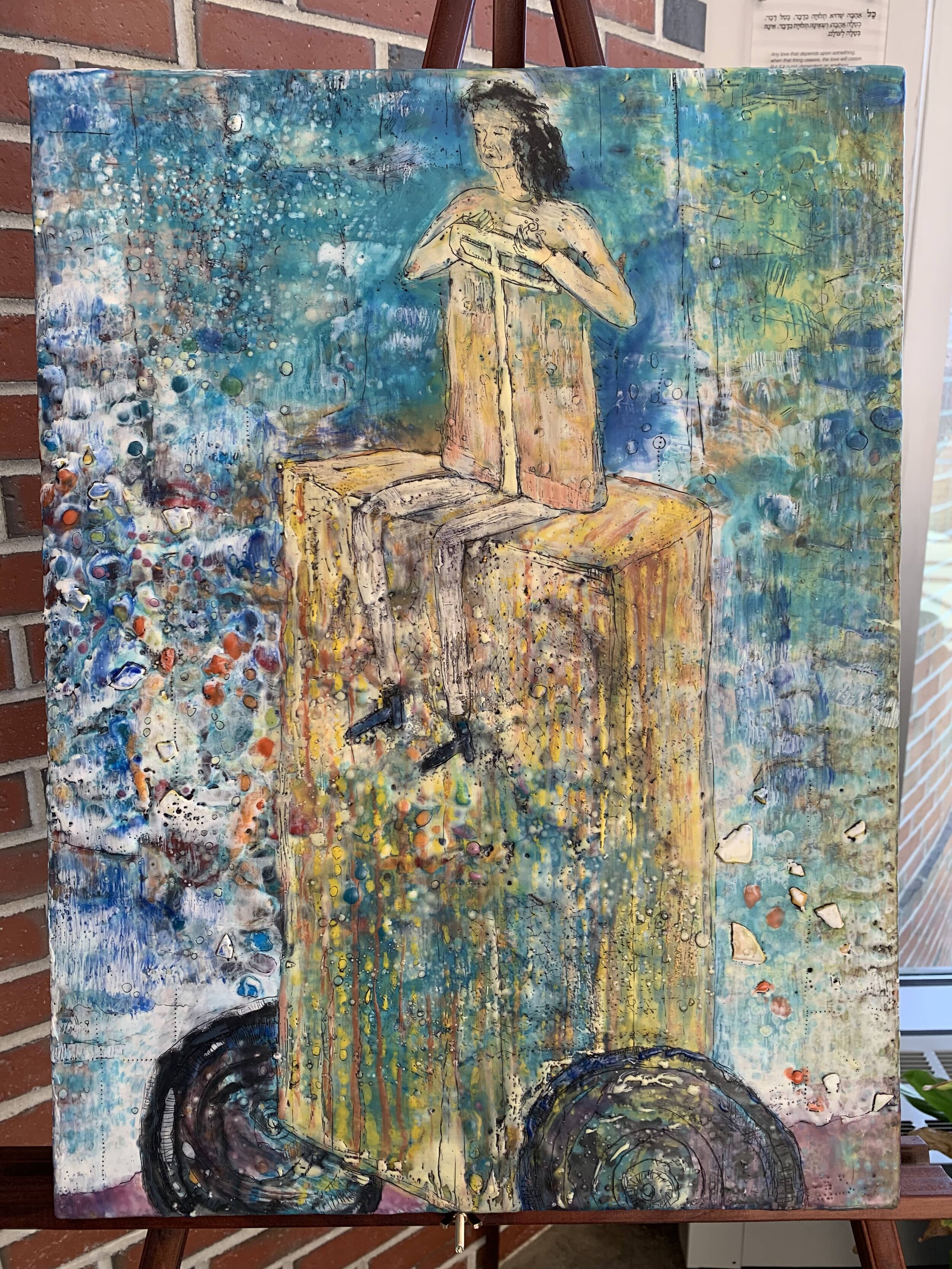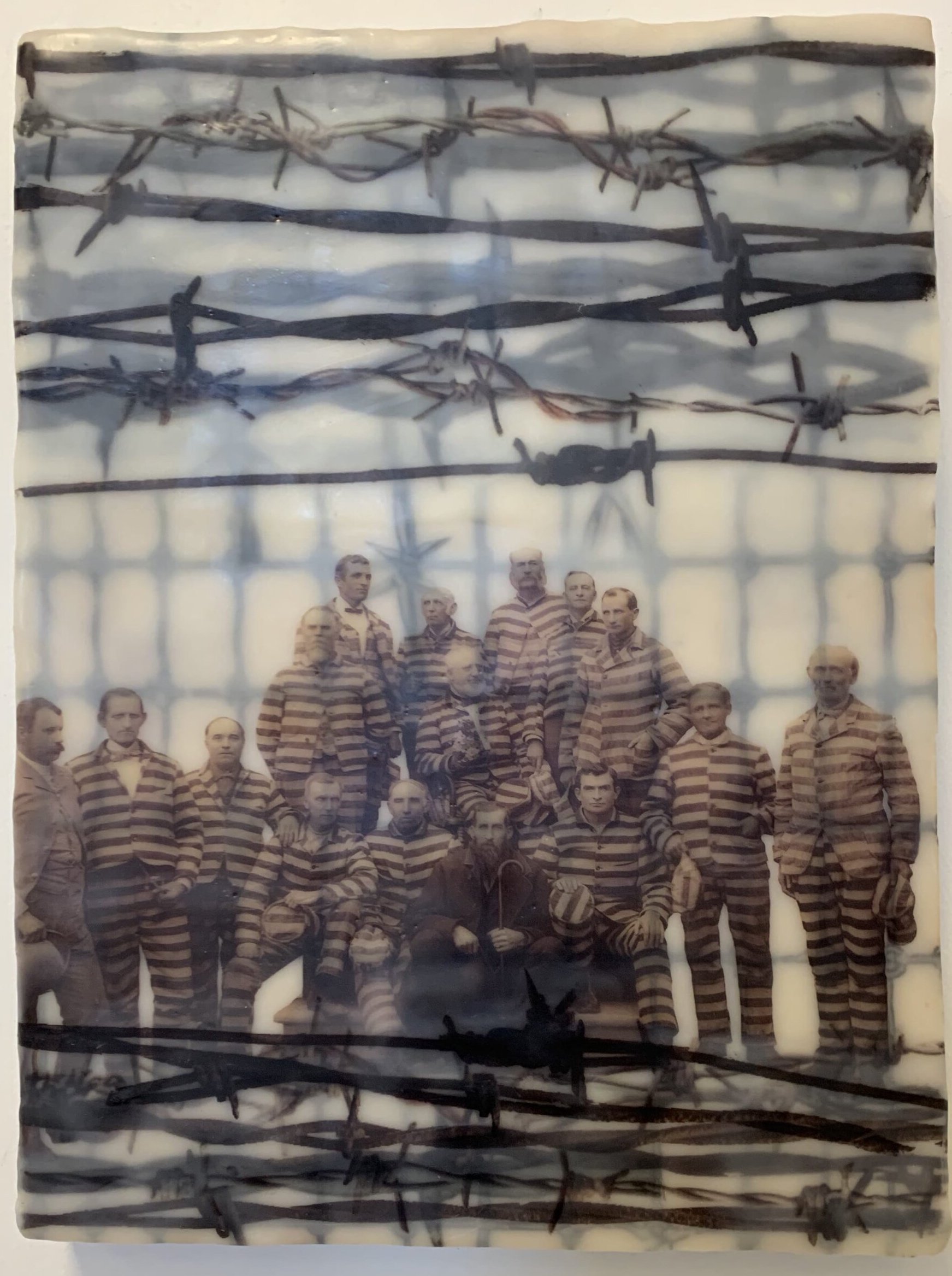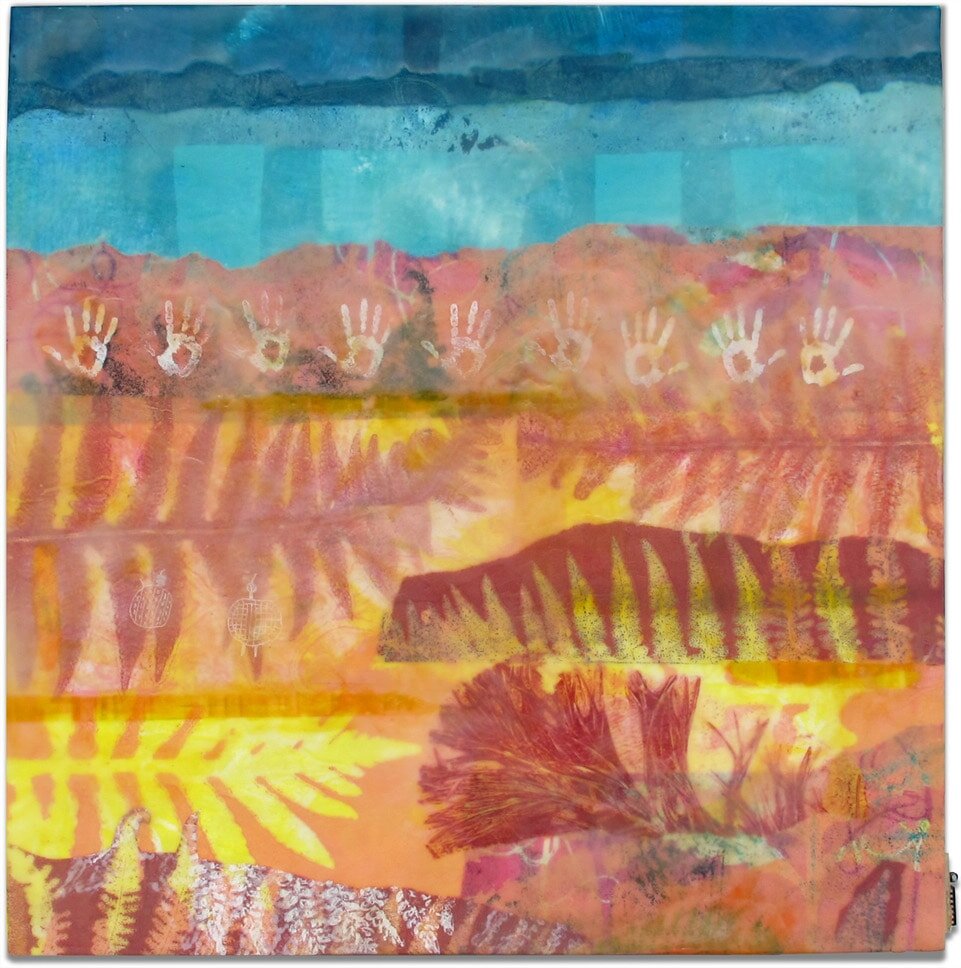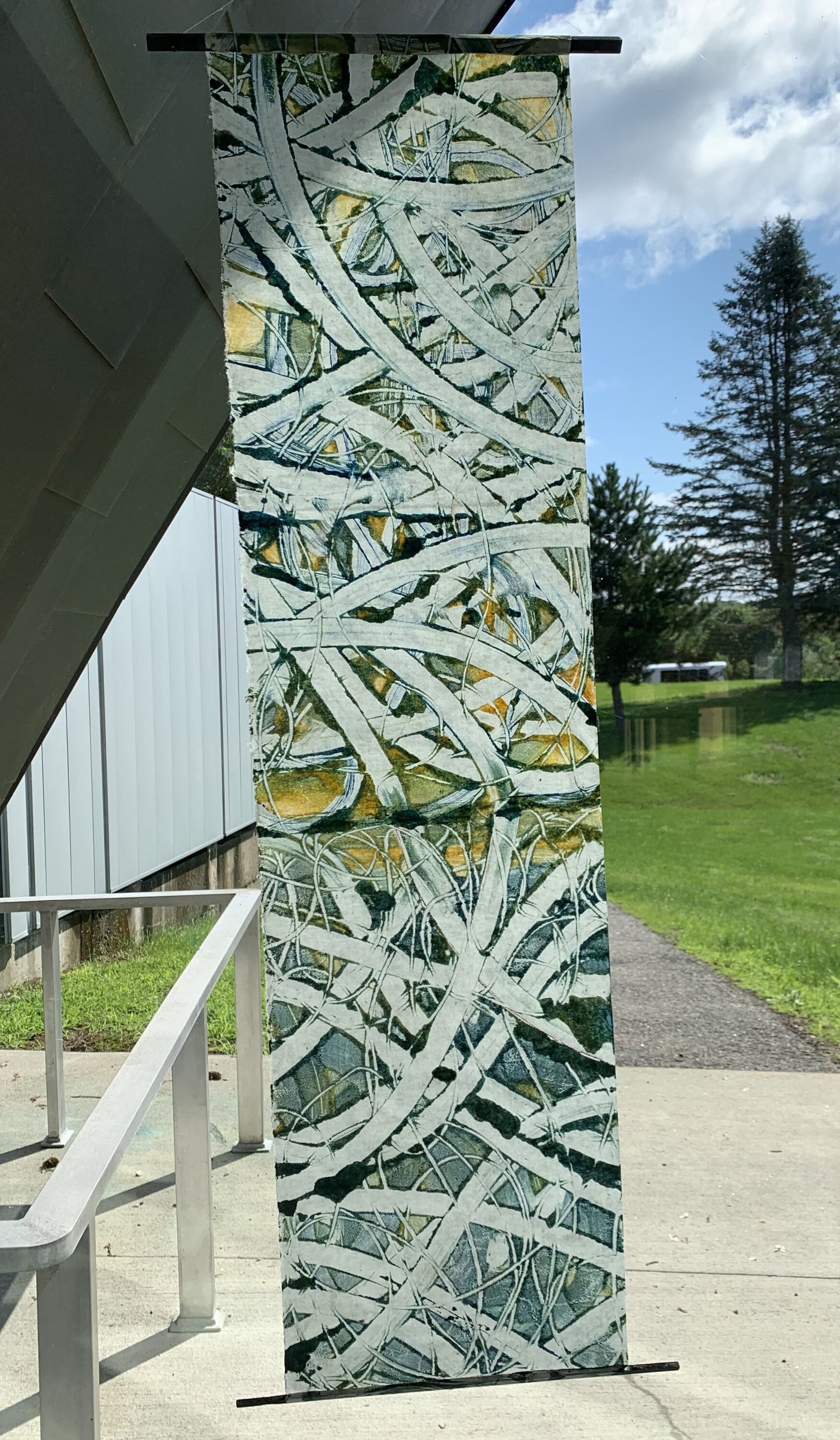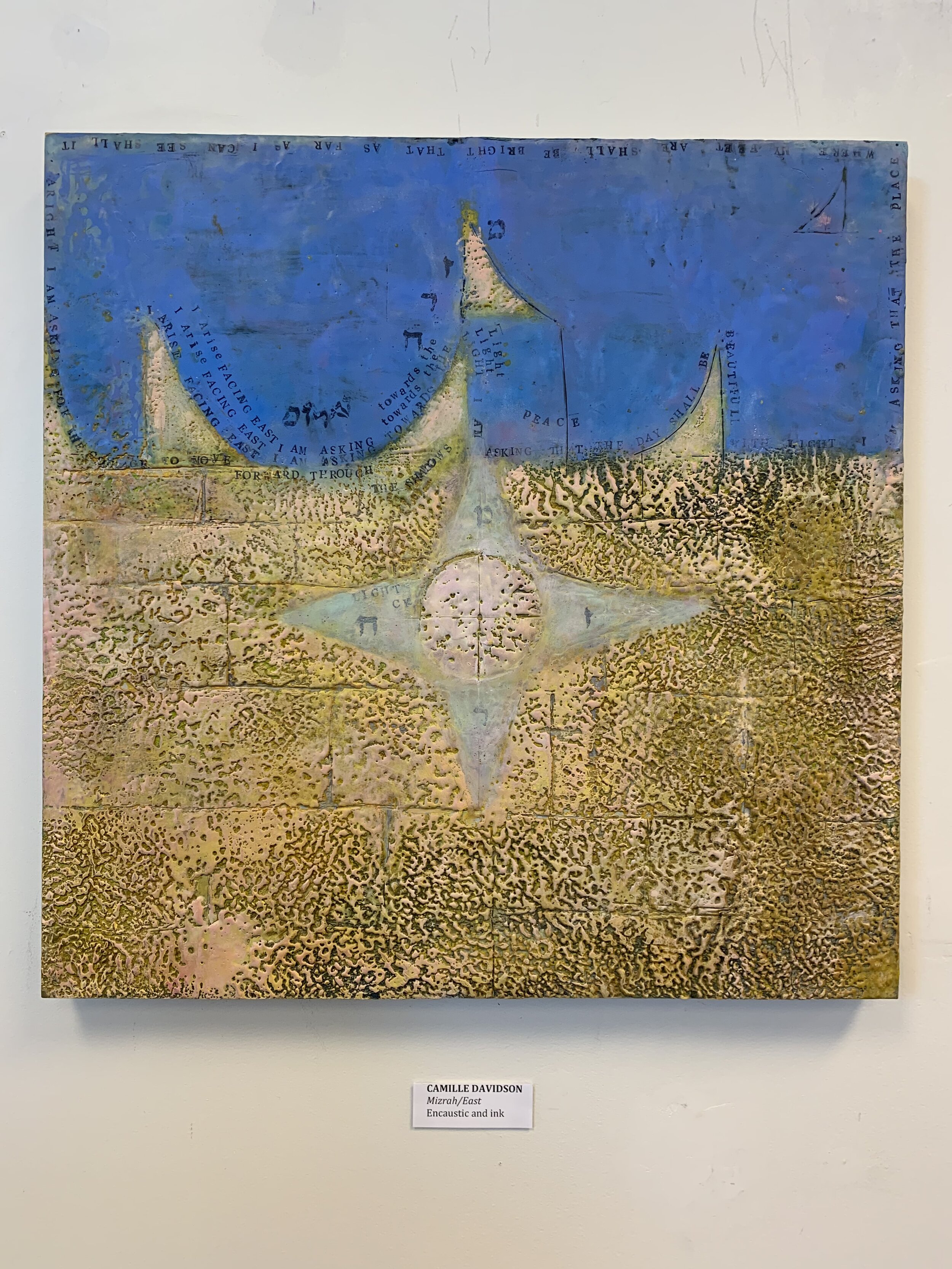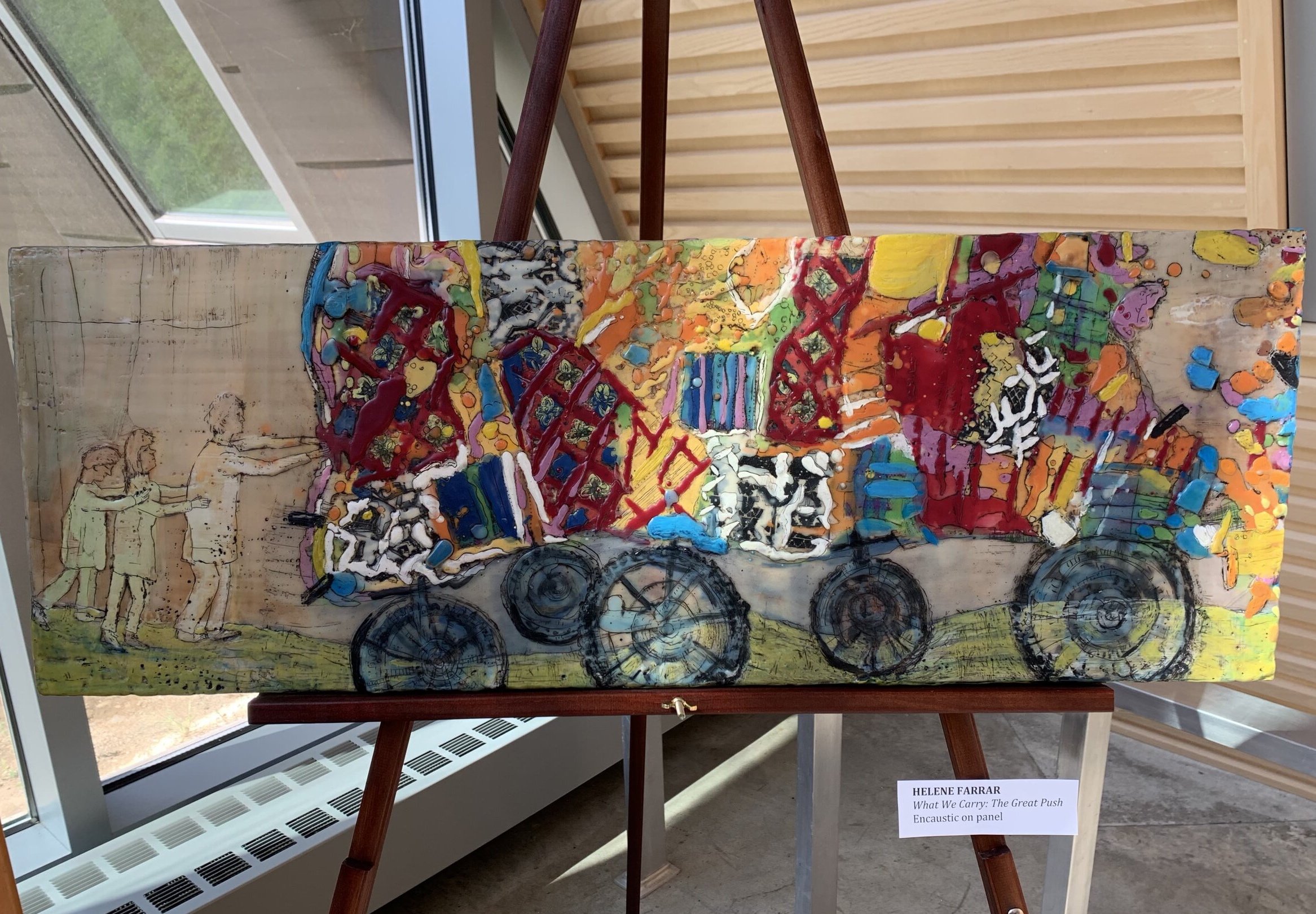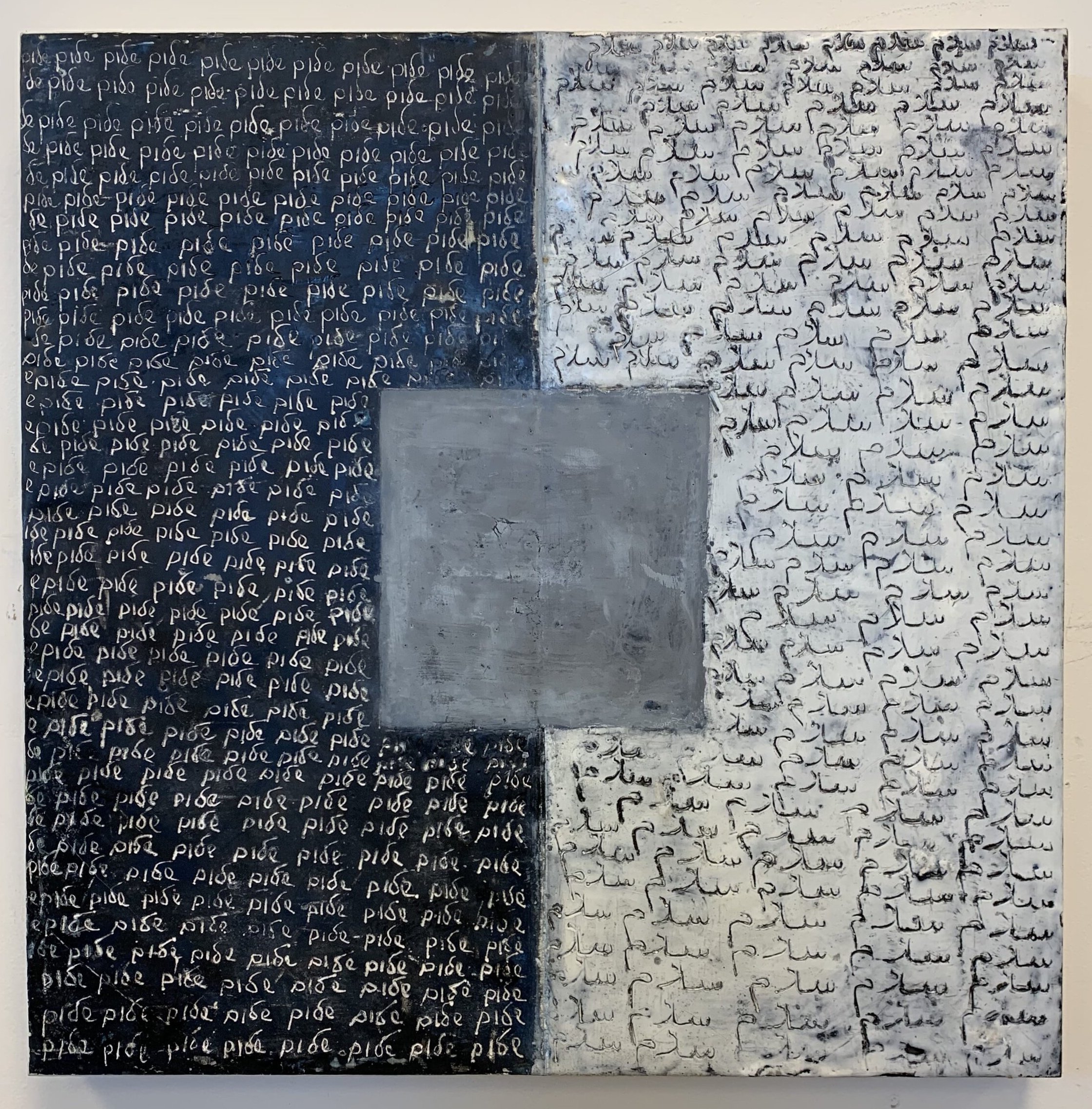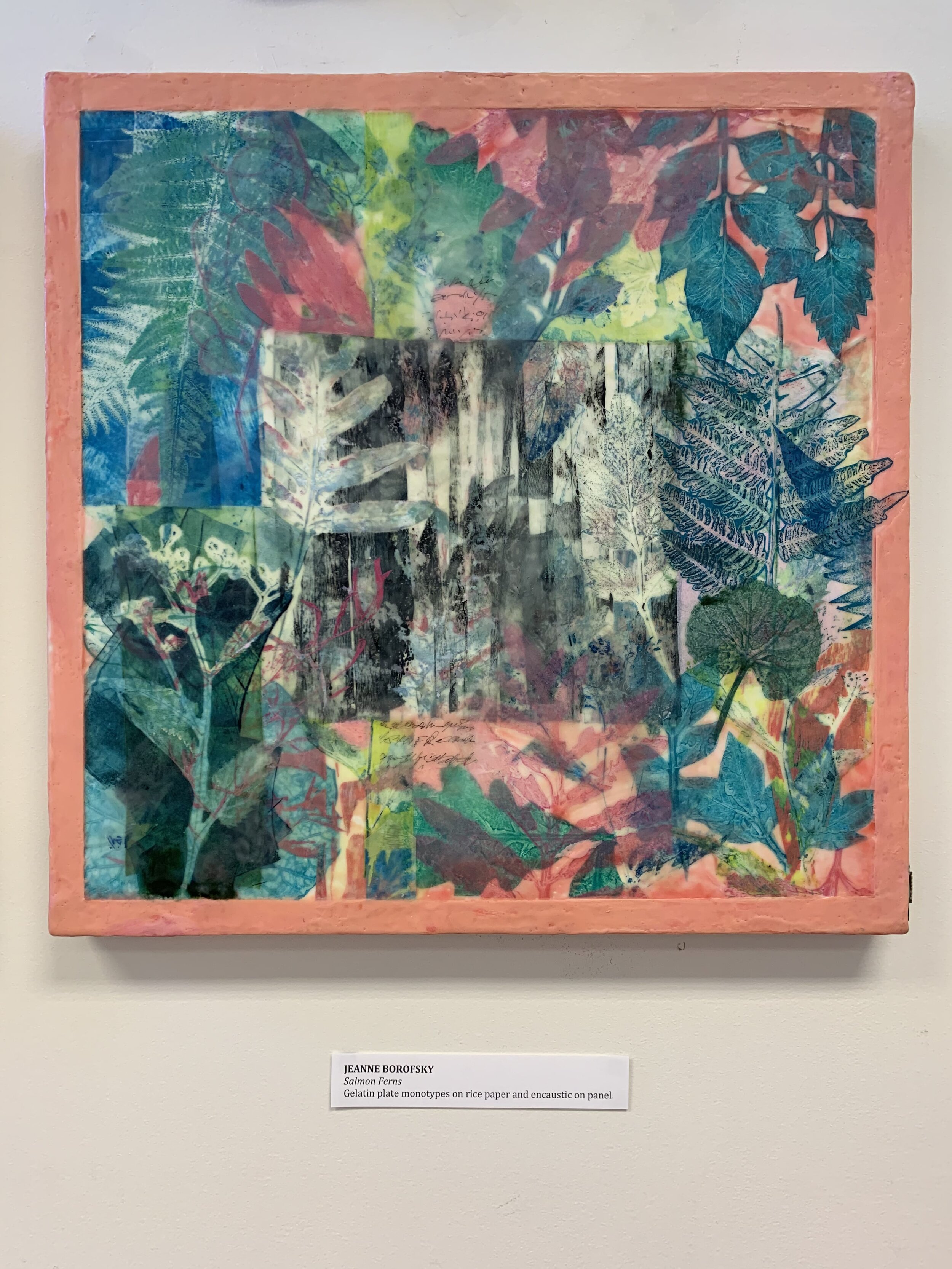Walls
“Humans take walls to the extreme. We use physical walls to group, sort, protect, exclude, maintain and control. We also create conscious and unconscious walls and barriers in our minds to protect ourselves. But many of these mental walls only result in prejudice, discrimination, ignorance, separation, and loss.”
Gail Stavitsky,
Chief Curator at the Montclair Art Museum and Curator for the Walls exhibition
Introduction
Walls can be physical or psychological. They separate areas of land, interior spaces of buildings or our own bodies. Protection, a barrier against an invasion. Many examples of physical walls come to mind - The Berlin Wall. Hadrian’s Wall between England and Scotland. The Border Wall between Mexico and the United States. The Great Wall of China. The Wailing Wall in Jerusalem.
But walls are not always dangerous. And they are not always barriers. The Lennon Wall is in Prague and John Lennon became a symbol for peace. Psychologically we need boundaries to create the feeling of being protected and safe. But taken to the extreme, not only do they keep everyone out, they also keep one locked in. This show will explore the many aspects of walls, both physical and psychological.

